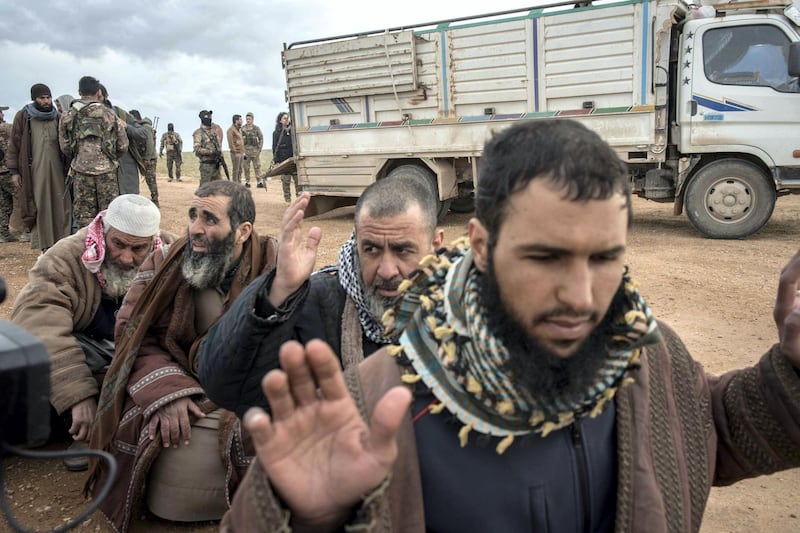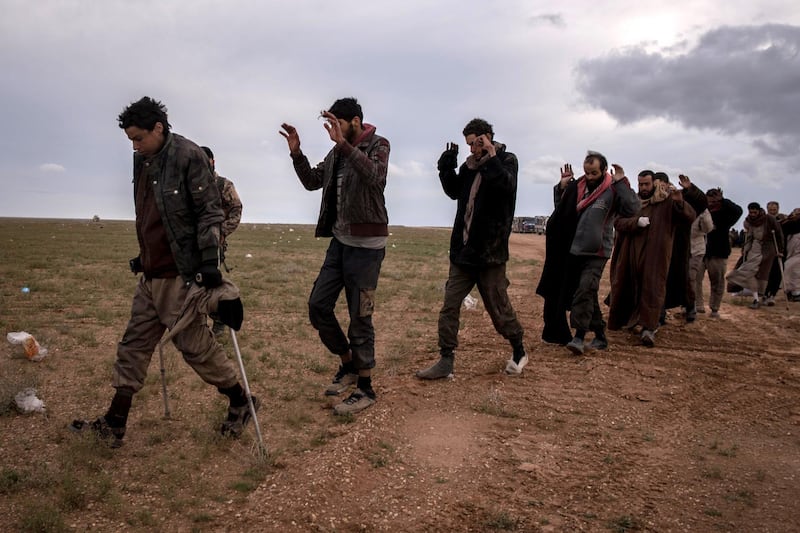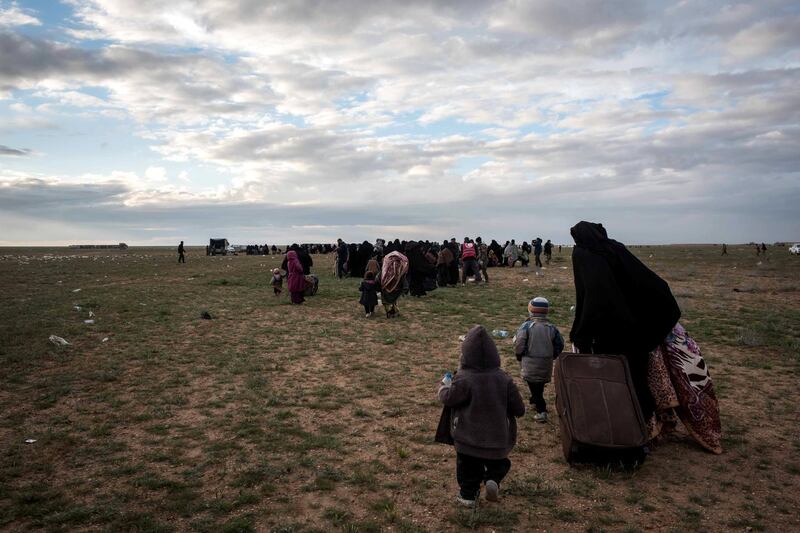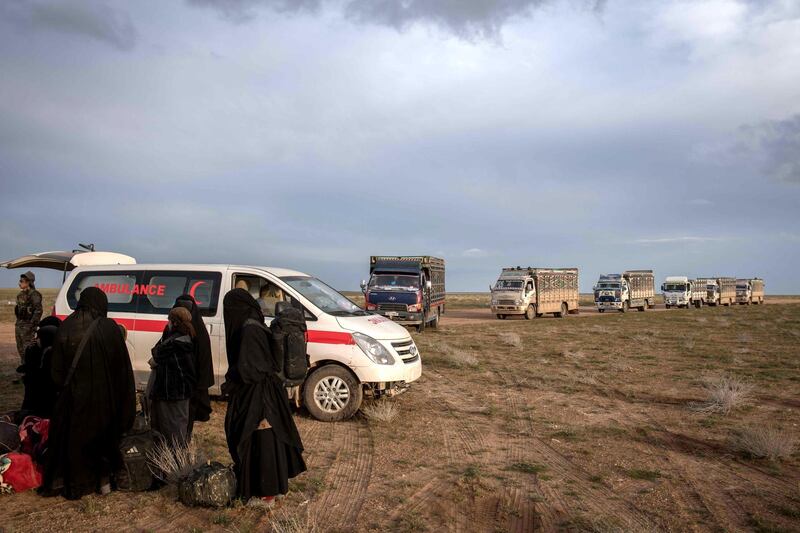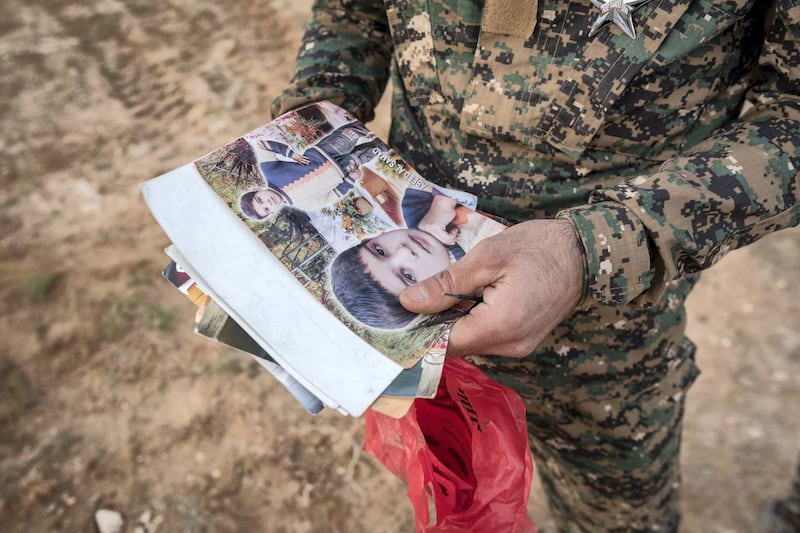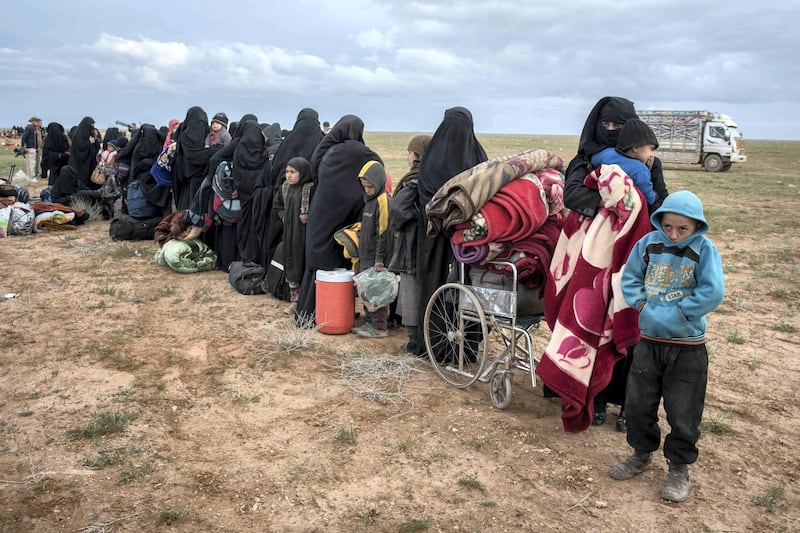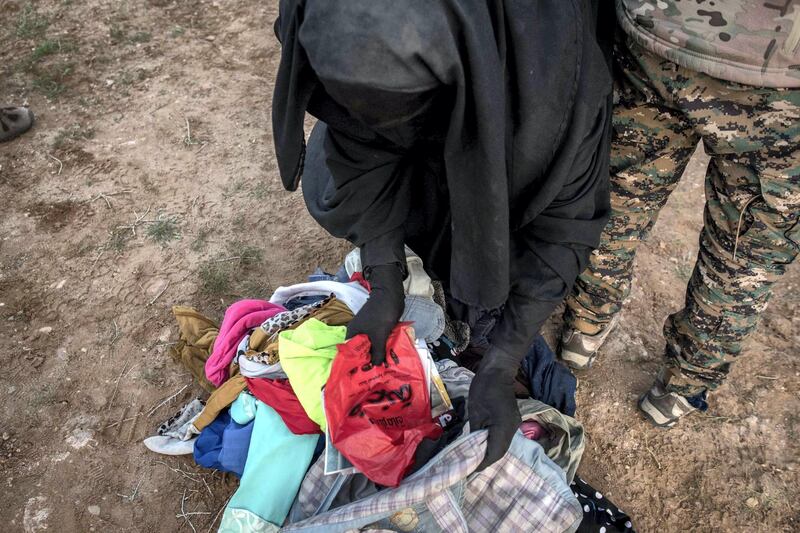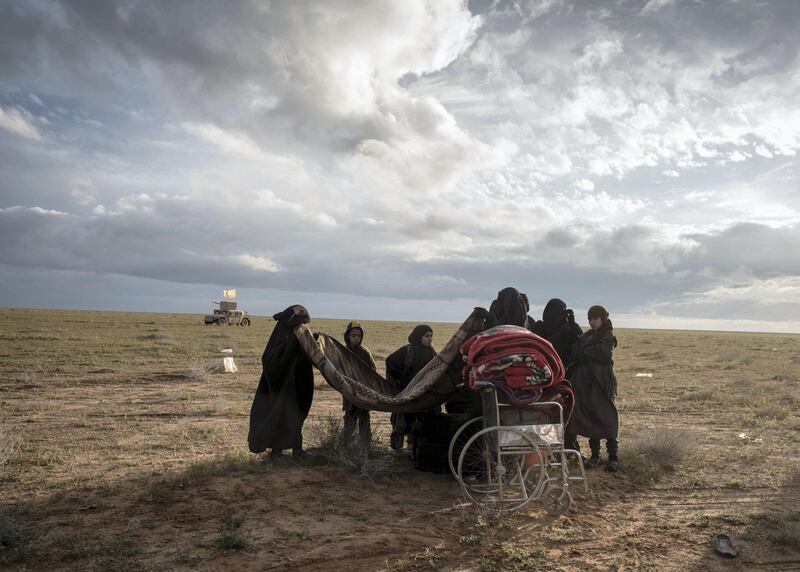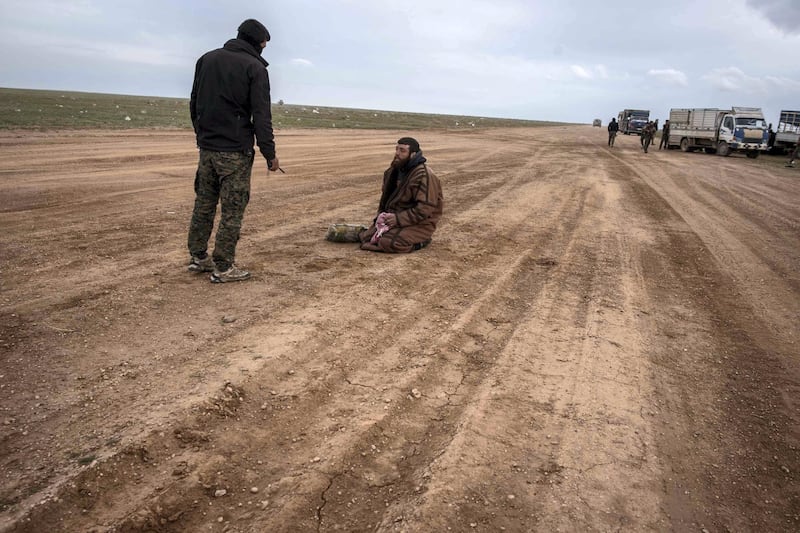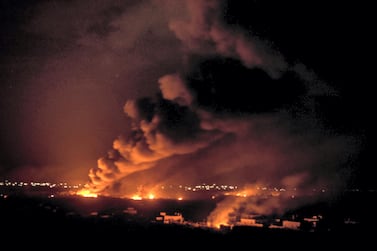Somar Ahmed, covered in dust, stands on the cab of his armoured bulldozer pocked by bullet holes as mechanics get to work on repairs.
The 31-year-old driver from the northeastern Syrian city of Qamishli utters another term in Arabic to describe the vehicle that has proven so crucial to the recapture of ISIS territory: “minesweeper.”
Drivers like Somar are now set to be pivotal figures in the offensive to liberate the group’s final ISIS bastion of Baghouz, a 700 metre square patch that officials waging the offensive say has been riddled with thousands of IEDs and booby-traps.
While the Syrian Democratic Forces (SDF) have breached the pocket’s perimeter, hitting the last fanatics with shells and gunfire, the bulldozers provided by the US-led coalition are carving a safe path for advancing forces.
“The main obstacle to advancing are IEDs. They have laid IEDs intensively. Each metre might be a mine. Every footstep even,” said Lilwa Abdullah, a spokesperson of the Women’s Protection Units, or YPJ, the female branch of the Kurdish YPG militia.
“We have demining groups in the SDF, they are clearing now,” she added. The YPJ is participating in the SDF’s Jazeera Storm campaign to liberate the eastern Syrian province of Deir Ezzor where Baghouz is situated.
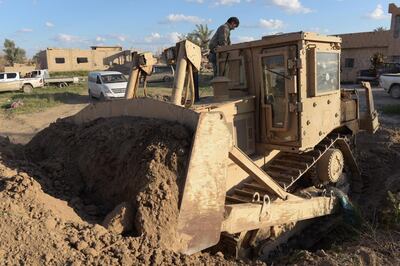
It is a scorched earth strategy that has proven to be a favourite last-ditch tactic of the terror group when they are in the throes of defeat.
Its diehard fighters planted explosives in many of the population centres they lost, including the Syrian cities of Palmyra, Manbij and Kobane.
It did the same in the northern Iraqi city of Mosul where the most fierce battle against the group’s control took place, resulting in its fall in December 2017, and where ISIS chief Abu Bakr Al Baghdadi announced the creation of the medieval proto-state three years earlier.
The unexploded munitions would injure and kill dozens of people who re-entered those areas, posing a serious threat not only to military forces but civilians too.
Now, as well as unleashing car bombs and suicide attackers on advancing SDF fighters in Baghouz, ISIS has laden the pocket with explosives to do exactly what they tried to do in those cities: maim anyone who enters and slow the offensive so they can escape.
Many of the mines laid down in Baghouz are in its last buildings, meaning that the collection of hamlets is likely to remain a danger long after ISIS has gone.
But, for now, the bulldozer drivers work diligently at night, allowing Baghouz’s would-be liberators the clear roads they need to make painstaking progress into the last ISIS minefield and end the Islamic State once and for all.
So, for Somar and his tan and camouflage minesweeper, their last mission may be the most important yet.
“Today or tomorrow will be the last day,” he said. “That will be the biggest happiness.”
